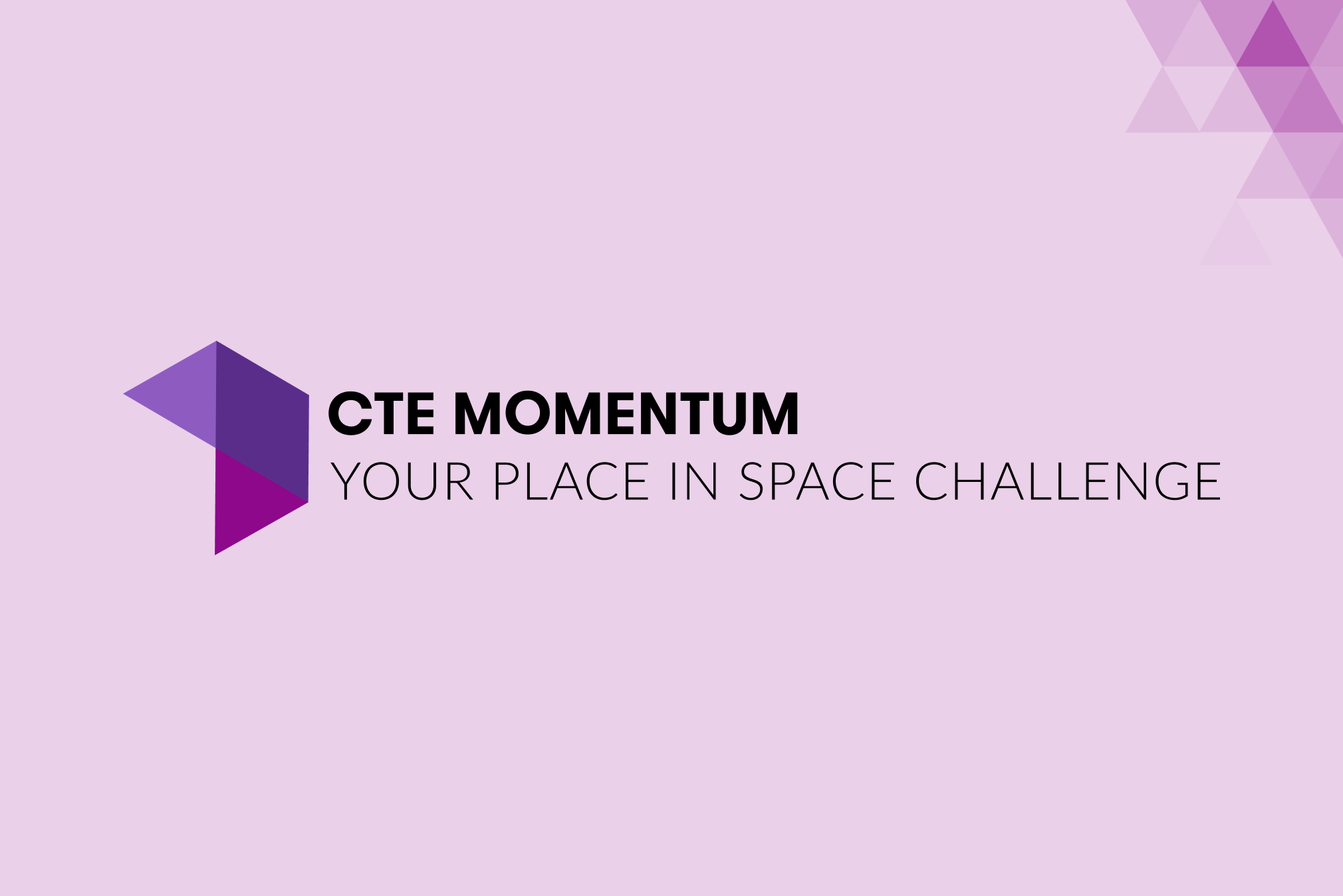Your Place in Space Challenge announces winners.
A compostable meal kit. A nuclear-powered hydroponic system. A pill to improve epithelium barrier function. Without context, you might not assume that these ideas are relevant to the future of space exploration. And you probably would not guess that these proposals were developed by high school students.
These ideas are just three of the inspiring submissions to the U.S. Department of Education’s Your Place in Space Challenge. The challenge invited high schools to submit designs for a product or service that would contribute to space missions and exploration, encouraging students and teachers at participating schools to connect the dots between career and technical education (CTE) and fulfilling careers in the space industry. Any career can be a space career, and CTE programs present a natural starting point for exciting opportunities on Earth and beyond — but many students don’t yet know how their career pathways connect to the space industry.
Last week, Dr. Amy Loyd, Assistant Secretary for the Office of Career, Technical, and Adult Education, announced the eight winning teams, selected based on scores from the independent judging panel.
The unique conditions of space have inspired transformative innovation, including inventions and discoveries that have improved our lives here on Earth. The creativity and ingenuity on display in the winning submissions prove that this tradition of innovation is alive and well. Learn more about the winning teams and watch the videos to hear students describe their designs in their own words.
- Students at Anderson W. Clark Magnet High School in La Crescenta, California, proposed a navigation app to record astronaut and rover travel on Mars using georeferenced high-resolution imagery and ArcGIS mapping. By mapping significant landmarks and locations on Mars’ surface, astronauts could safely navigate unfamiliar territory.
- Students at Chapel Hill High School in Chapel Hill, North Carolina, envisioned a daily probiotic and vitamin pill to strengthen astronauts’ pathogen resistance and improve function of the epithelium barrier junctions. This pill would ensure astronauts remain healthy and allow them to complete essential tasks.
- Students at Collierville High School in Collierville, Tennessee, designed a planter box using lights and water sprayers to grow chamomile in space. The system could provide essential food and medicine for astronauts while on missions.
- Students at Greater Lowell Technical High School in Tyngsborough, Massachusetts, proposed a functional space habitat model with rooms that simulate space operations such as scientific experiments, robotics, and day-to-day living. Future engineers and astronauts could use the habitat to train for work and life in space.
- Students at Halifax County High School in South Boston, Virginia, came up with a shelf-stable prepackaged meal to provide astronauts with nutritious and sustainable food sources. The waste generated from the product could be repurposed into compost and used to grow new food during long-duration space missions to Mars.
- Students at Hirschi High School in Wichita Falls, Texas, imagined a security system to protect satellites in low Earth orbit. This system would harness advanced threat-detection algorithms to continuously scan global networks and offer real-time data and intelligence.
- Students at Kealakehe High School in Kailua Kona, Hawaii, proposed a series of simulators to inspire the next generation of space industry professionals. Through a welding simulator, a space kitchen simulator, and an emergency onboard task simulator, participants could experience space conditions from Earth and build skills to prepare for space industry careers.
- Students at Shaker High School in Latham, New York, envisioned a hydroponics system to grow high-quality, nutrient-dense food on Mars. Powered by a sustainable nuclear reactor, the system would grow a wide variety of plants using only small quantities of water.
In recognition of their work, the winning teams will each receive $6,250 and in-kind prizes. Prizes include virtual mentorship from experts at Vast Space, MaxIQ Space Space STEM kits, Challenger Learning Center simulated space missions, and facility and manufacturing tours at Blue Origin.
The challenge is the first in the CTE Momentum series, an annual challenge series to prepare high school students for rewarding careers and increase access to career and technical education (CTE). The next CTE Momentum challenge, the Power Your Future Challenge — also designed and produced by Luminary Labs — will encourage students to envision future careers in clean energy. Teachers who want to help their students participate can learn more and sign up for updates at CTEMomentum.com.

